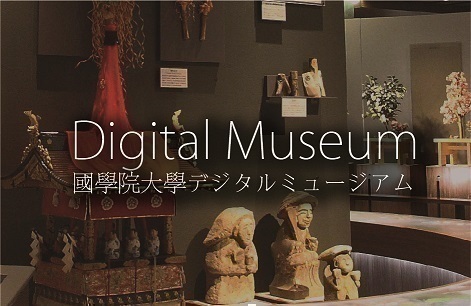- トップ
- Encyclopedia of Shinto
- Yabusame
Encyclopedia of Shinto
| Main Menu: | |
| Links: |
詳細表示 (Complete Article)
| カテゴリー1: | 5. Rites and Festivals |
|---|---|
| カテゴリー2: | Performing Arts |
| Title | Yabusame |
| Text | A type of mounted archery in which the rider shoots arrows with a turnip-shaped head at a target from atop a galloping horse. One theory holds that the name is a contraction of yabaseuma (literally, "arrow galloping horse"), while another theory holds the word comes from the word for "shooting arrows on horseback" (also read yabusame). Three targets are placed along a track measuring about 218 meters (two chō) in length. The archer's attire includes straw headgear (aya-i-gasa), a cloak (suikan), a bracer or arm guard (igote), gloves, fur chaps (mukabaki), shooting shoes (monoigutsu), a long sword (tachi), and a short sword (koshigatana). He wears a quiver of arrows (ebira) on his back and carries a bound wisteria bow (shigedō). The number of archers is not fixed, ranging from a few to sixteen. Mounted archery itself is known from as early as the reign of Emperor Shōmu in the Nara period. Yabusame is listed in the Shin-Sarugakki by Fujiwara no Akihira (989?-1066) as one of the shooting arts, along with shooting from a running horse (haseyumi), ambush (machiyumi), deer hunting by torchlight (tomoshiyumi), shooting on foot (kachiyumi), mounted archery (noriyumi), and shooting a distant target from horseback (kasagake). It is also recorded in the Chūyūki that in 1096, on the 29th day of the fourth month, retired Emperor Shirakawa watched yabusame at the riding ground of the Toba Palace. This suggests that in the late Heian period yabusame had become widespread as one of the military arts among the warriors (bushi) in the capital. From the late Heian to early Kamakura periods, yabusame became a ritual in shrines and temples offered as a petition to the gods for fortune in battle. In the early Kamakura period, it became a regular feature of the Kosatsuki festival at the Shin-Hie shrine, and in the Hōjō'e (a festival to free caged animals) of Tsuruoka Hachimangū. As a religious ritual practice yabusame entered the mainstream as it spread out to shrines and temples in the provinces. After the Kamakura period it withered as a practice amongst the warriors. It died out by the Muromachi period, and though there were attempts to revive it they failed due to a lack of knowledge of the ancient practices. According to the Teijō-zakki (1843), during the Kyōhō period (1716-36) the shōgun Tokugawa Yoshimune planned a revival of yabusame. He ordered all the military families and feudal lords (daimyō) to present their records concerning yabusame traditions and teachings. Urakami Yagozaemon compiled the records and published the book Yabusame ruijū, thus establishing anew the rules and forms of yabusame. The yabusame practiced today at Ana Hachimangū in Takadanobaba, Shinjuku, is said to date back to 1728 when the shōgun Yoshimune ordered it as a petition for the healing of his son Ieshige's smallpox. Yabusame are also held as an offering at festivals at Tsuruoka Hachimangū and other regional shrines. — Takayama Shigeru |




